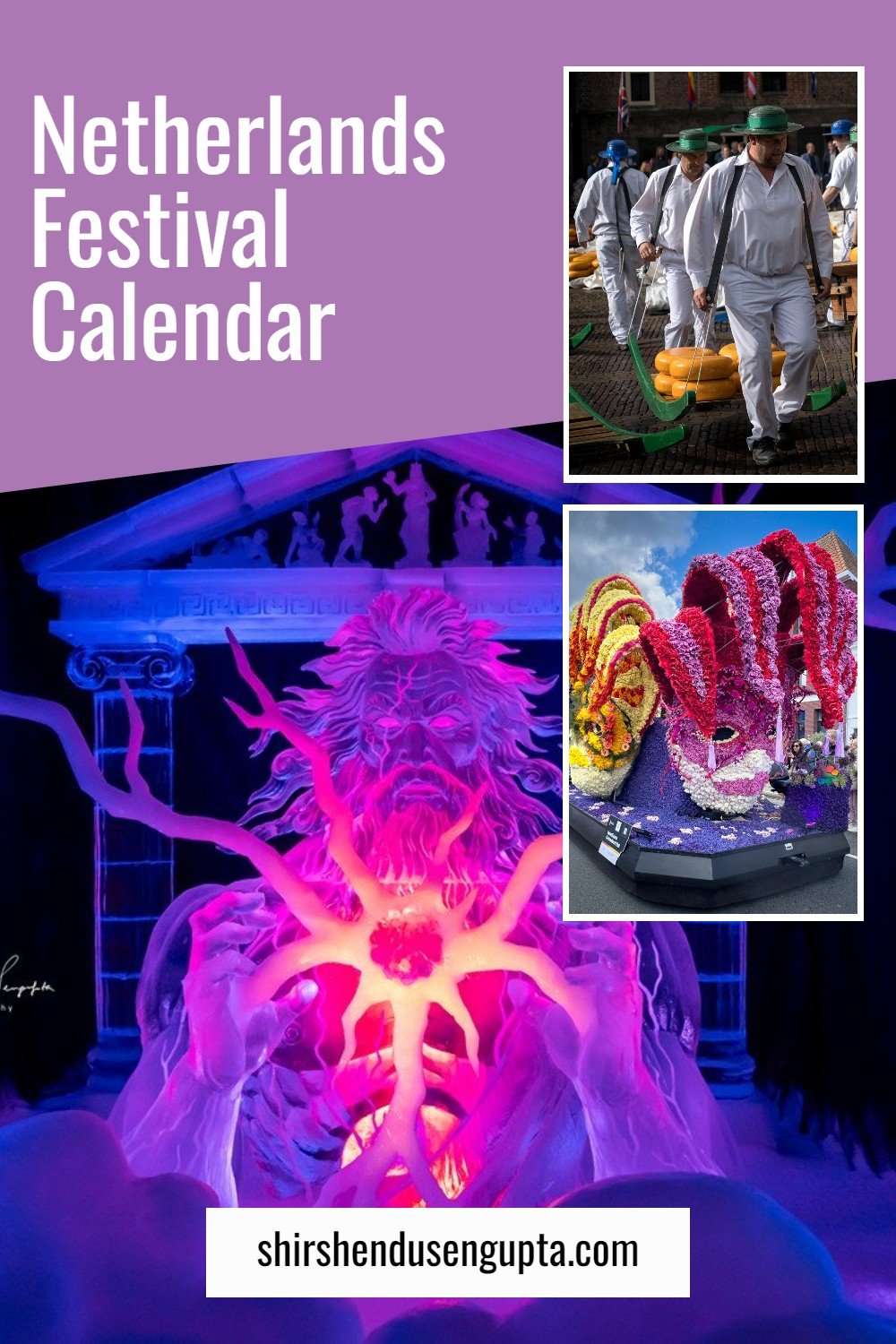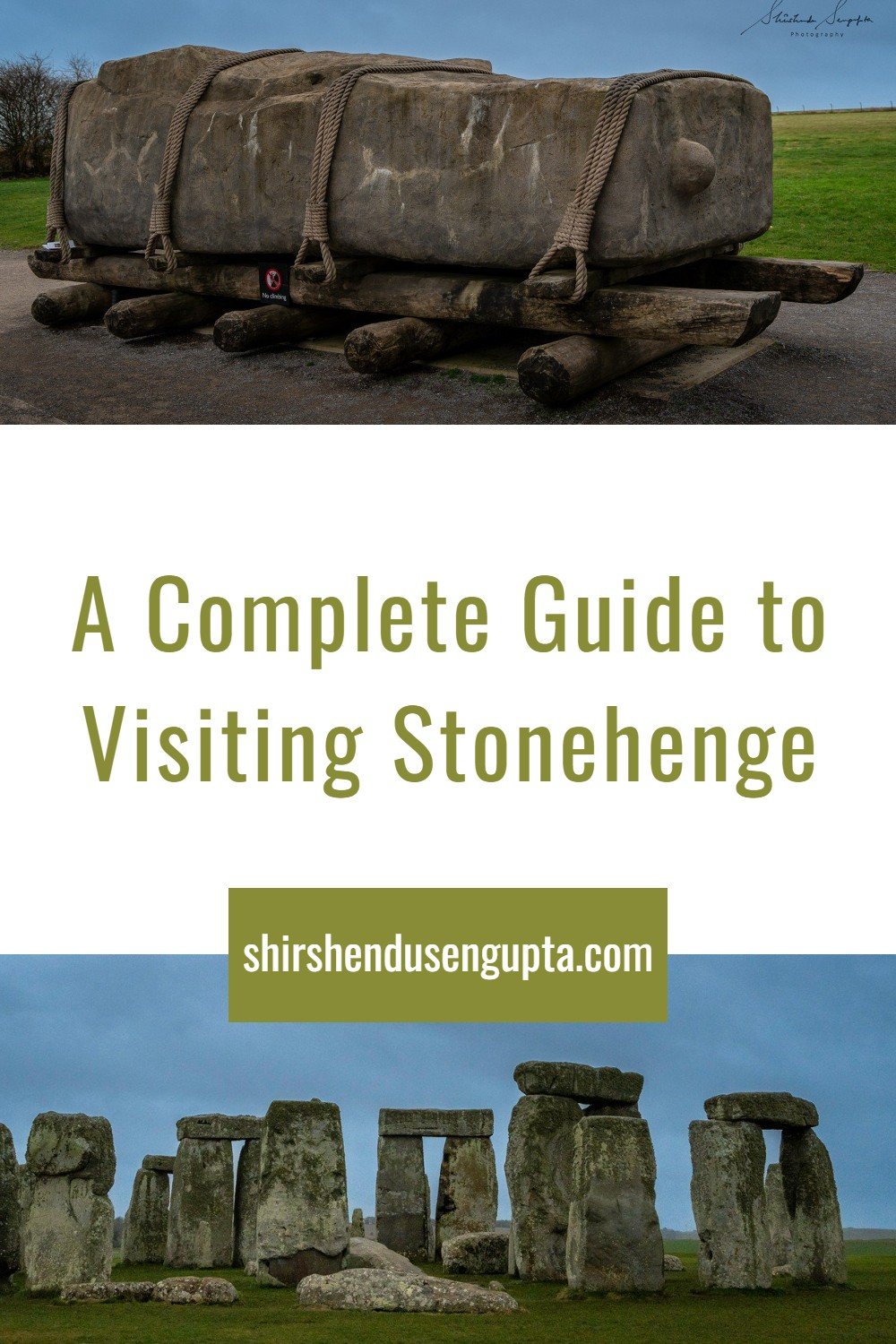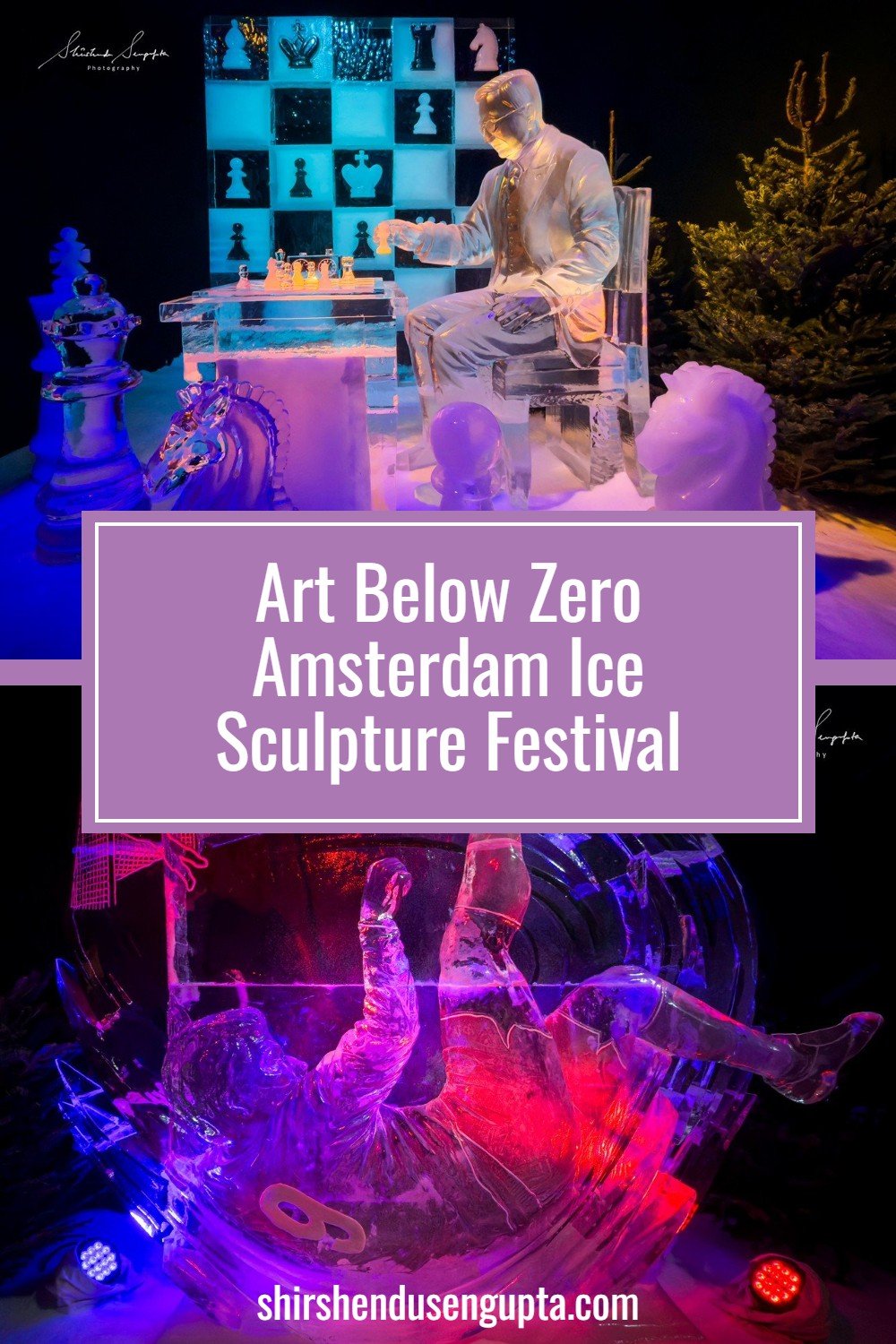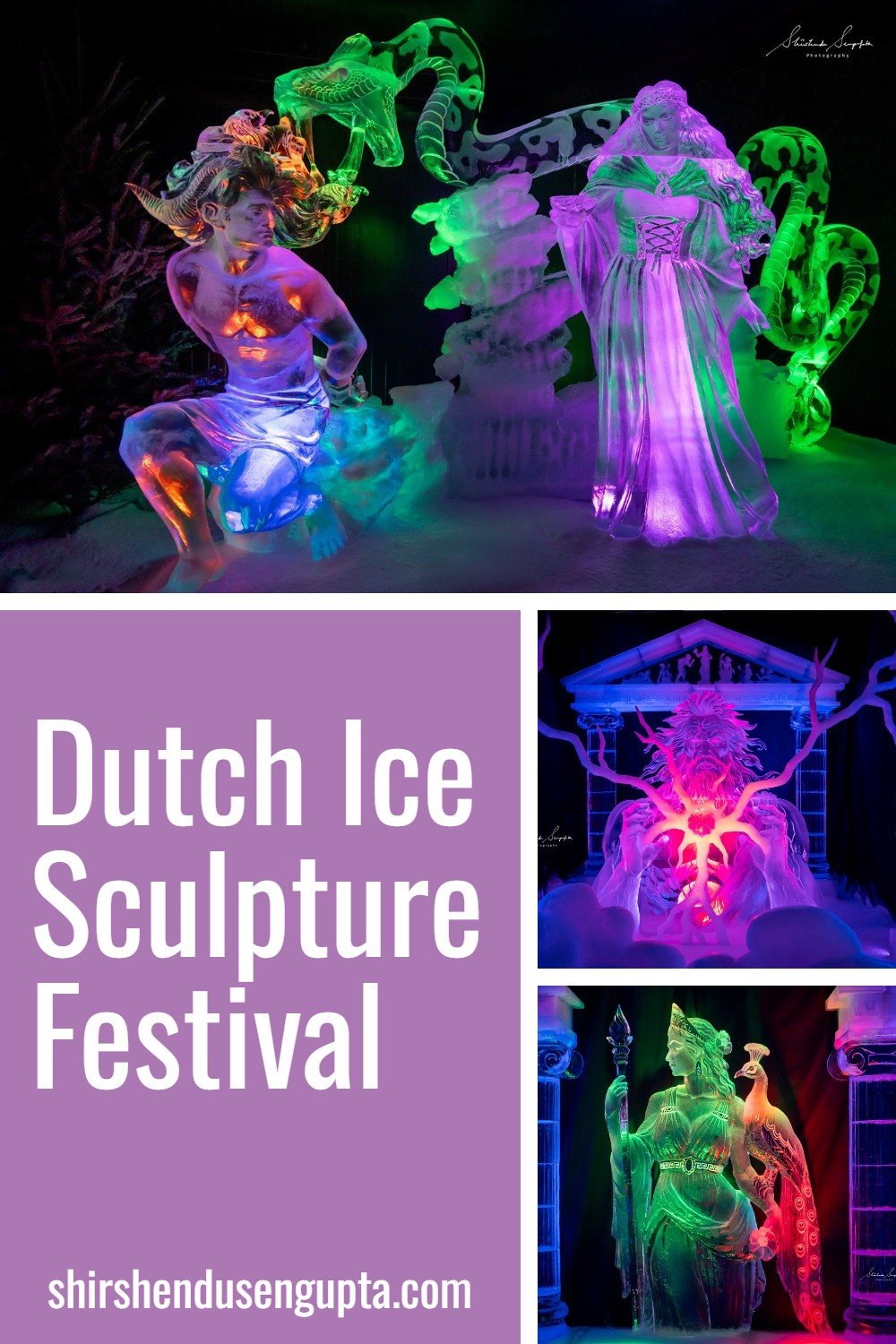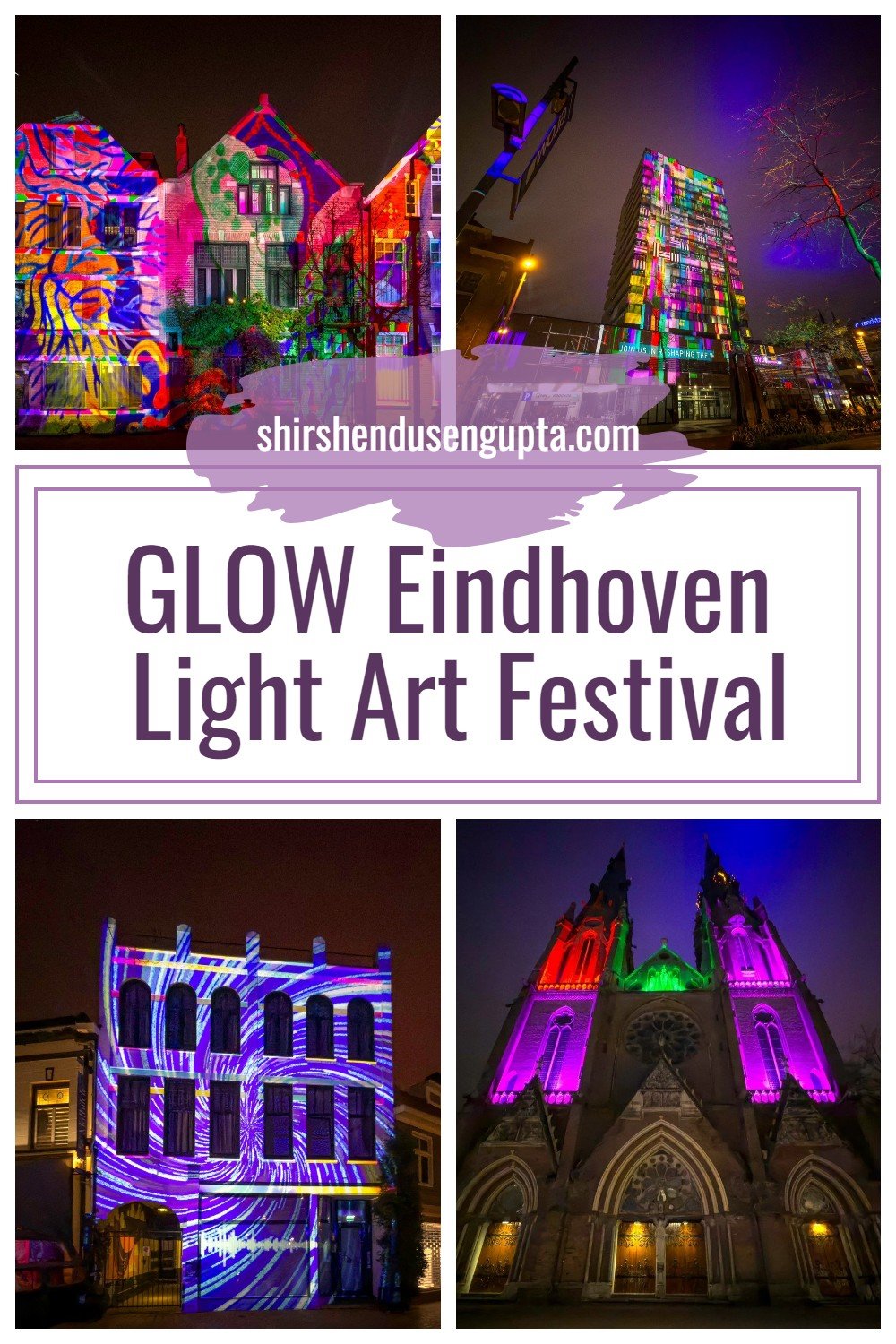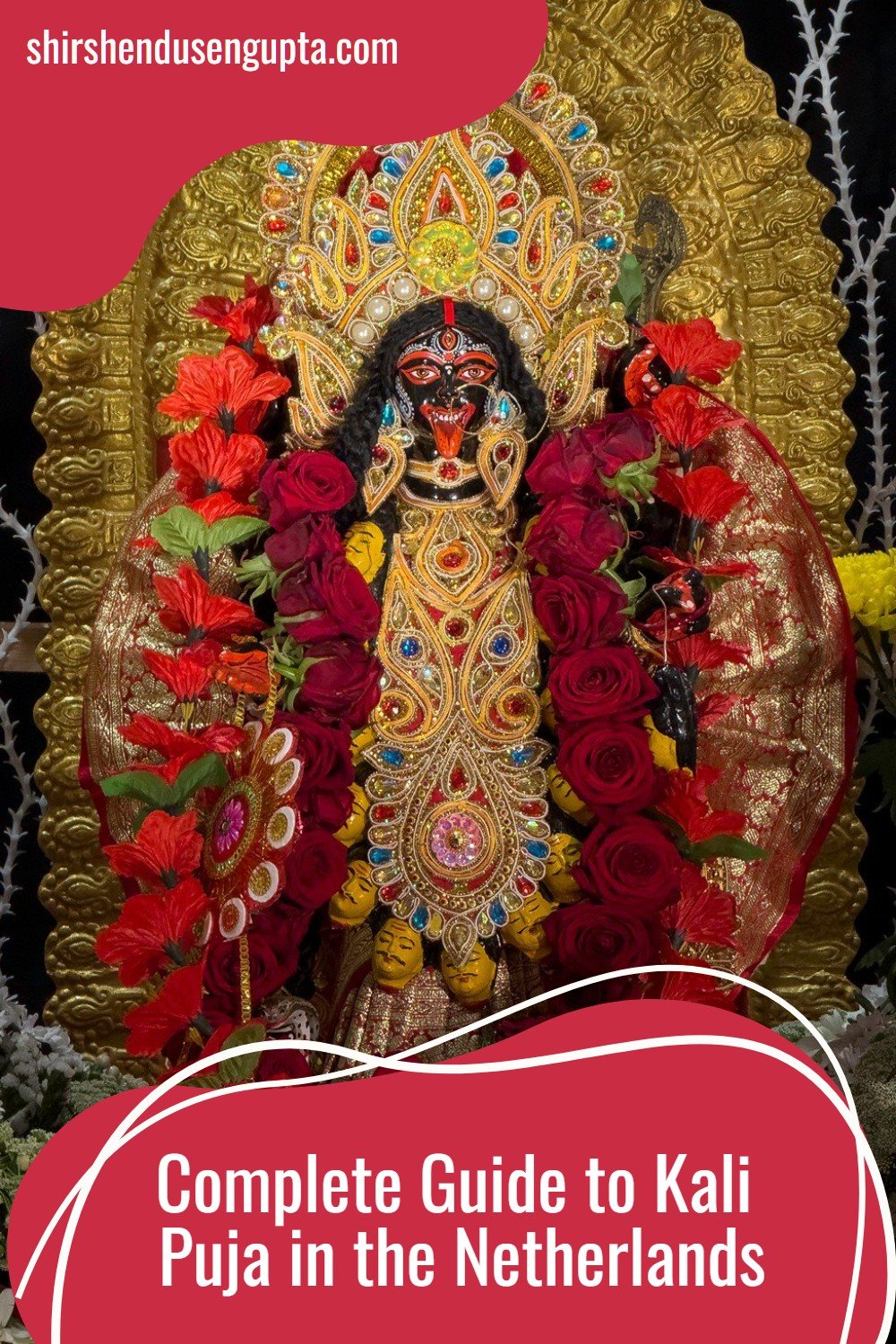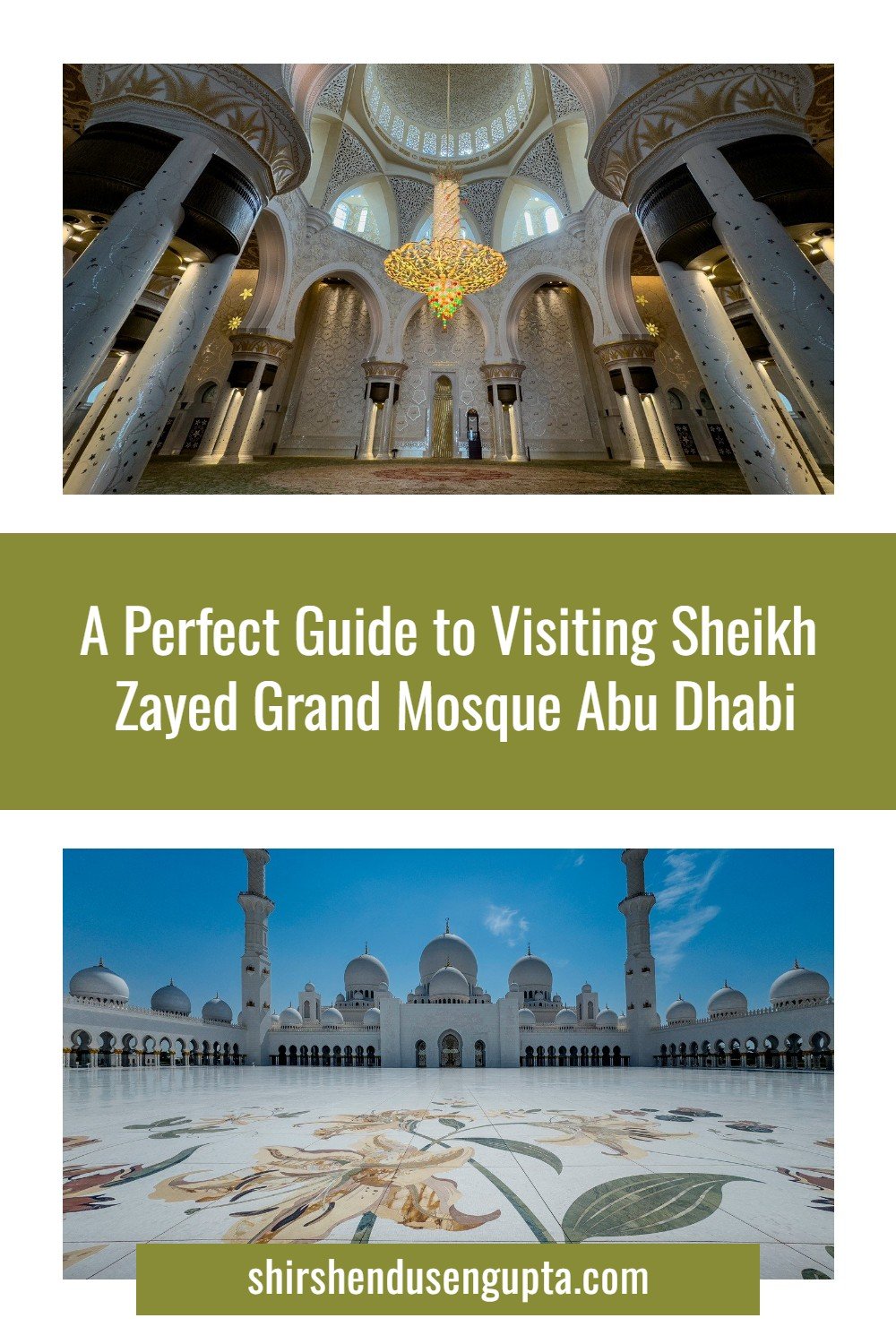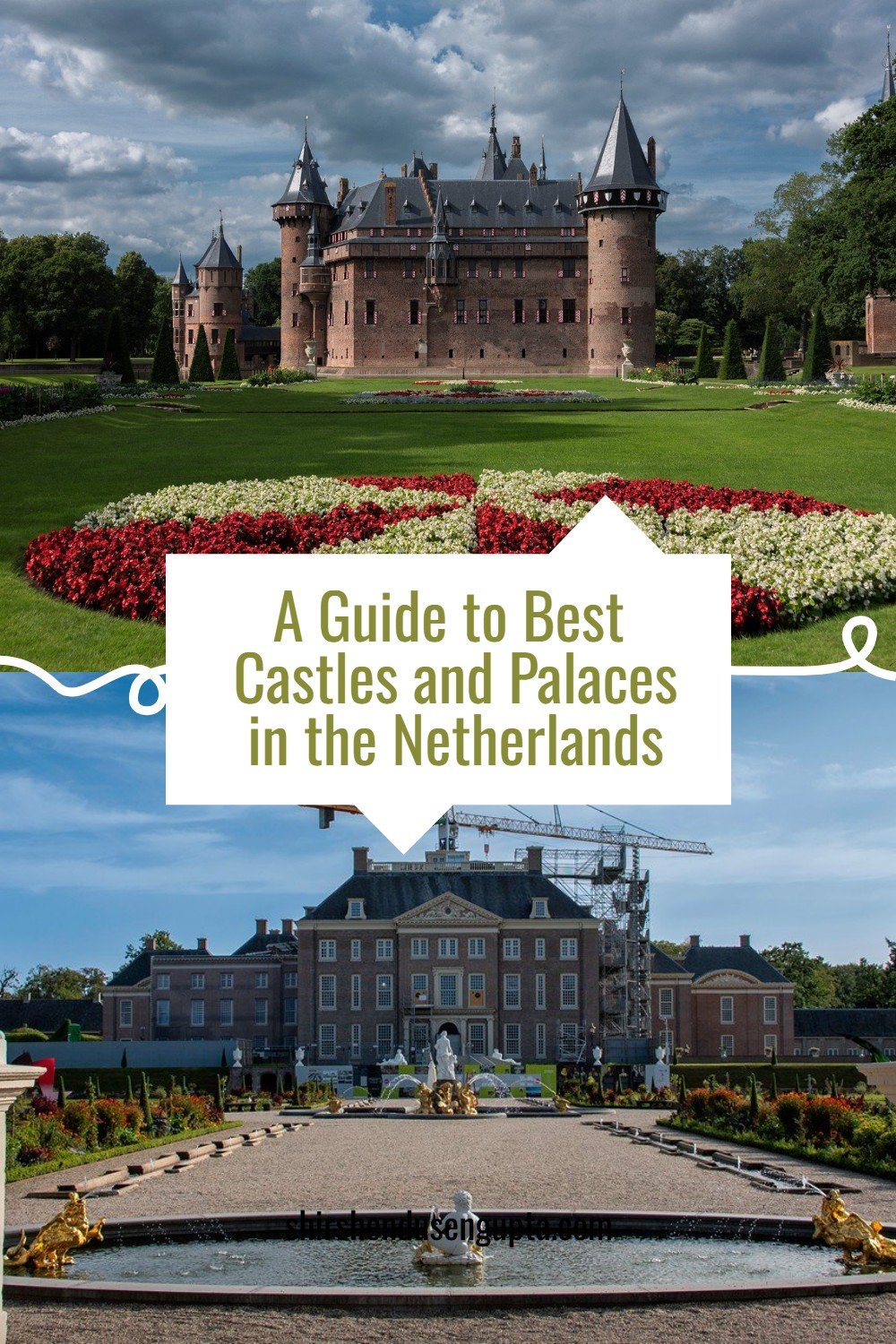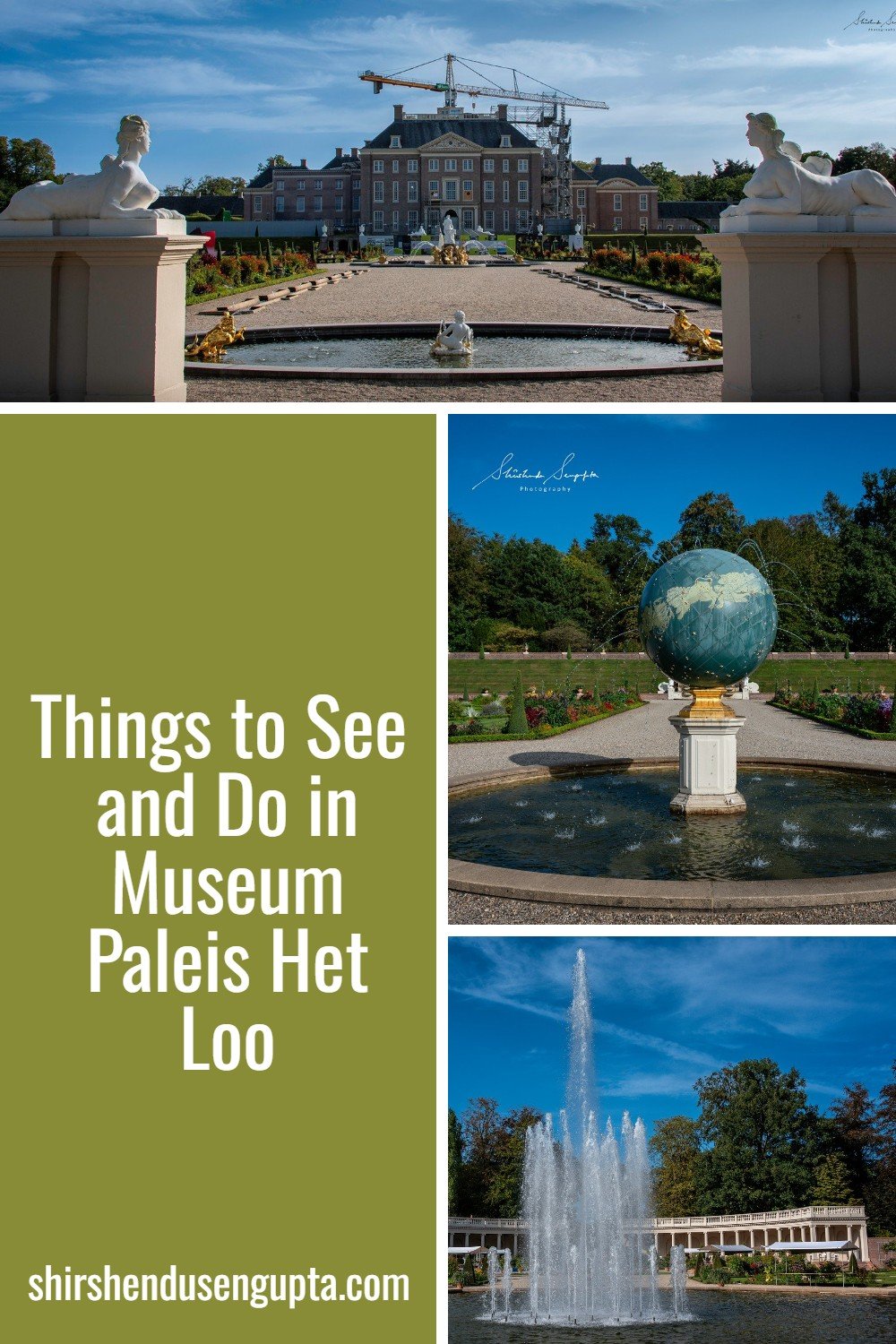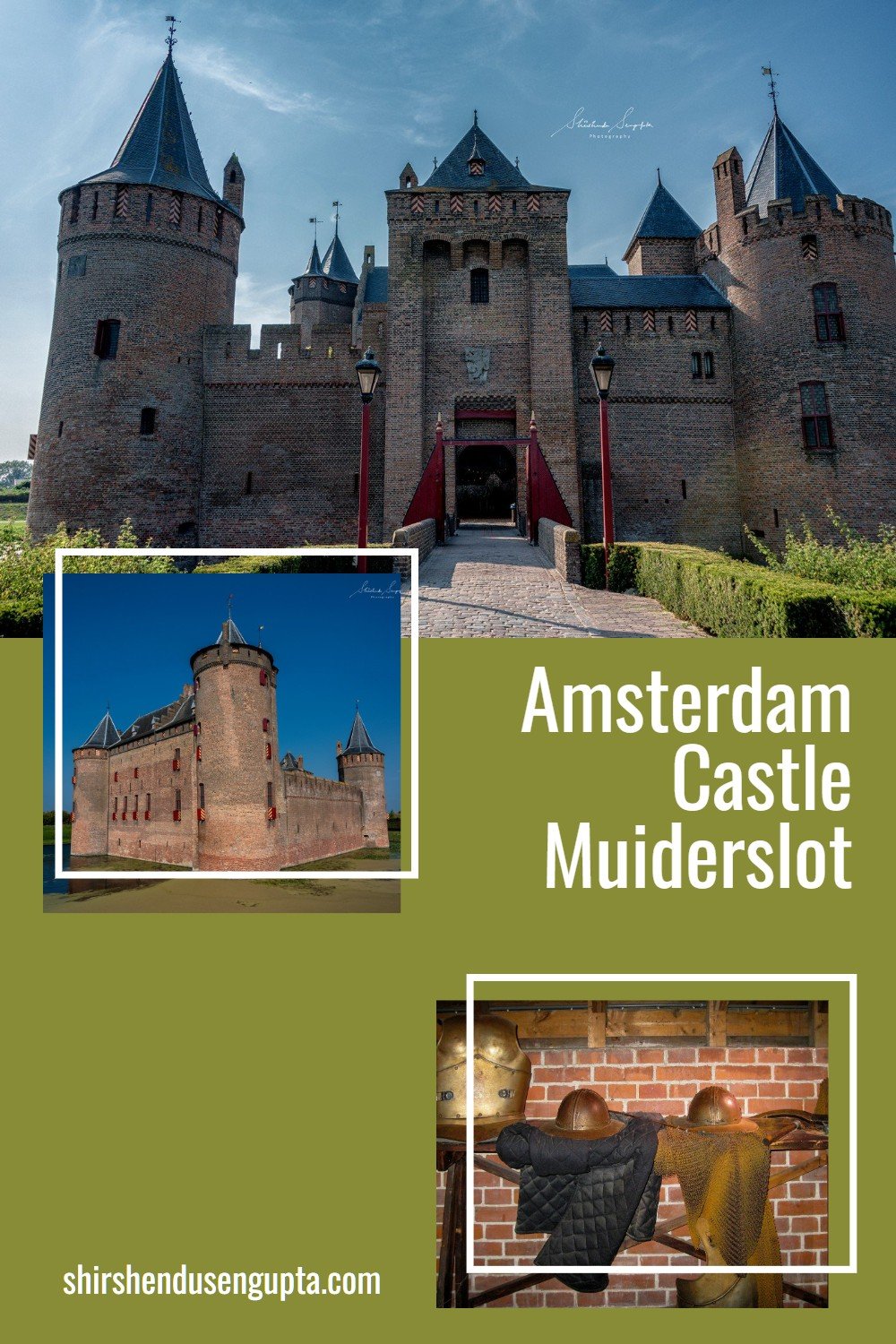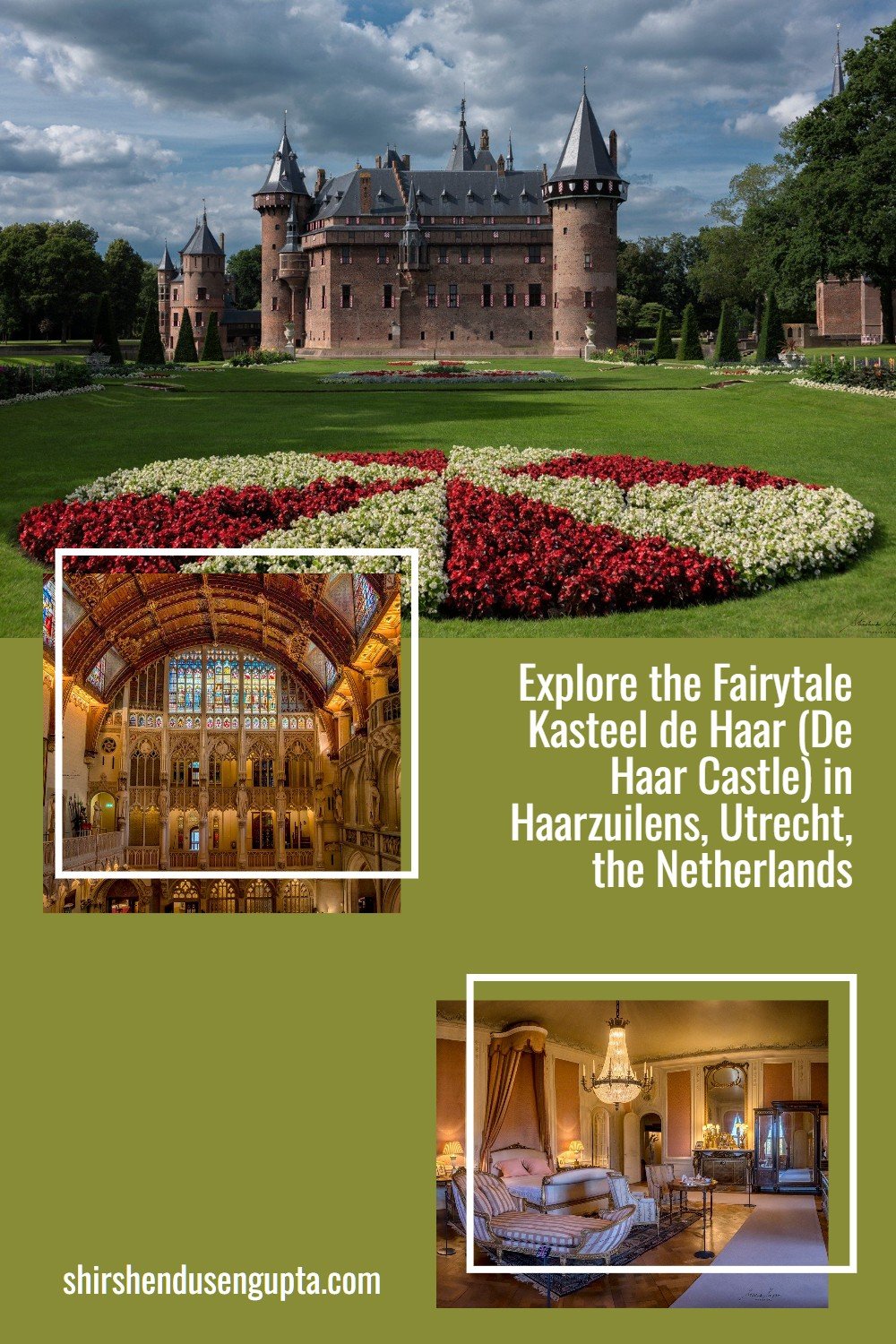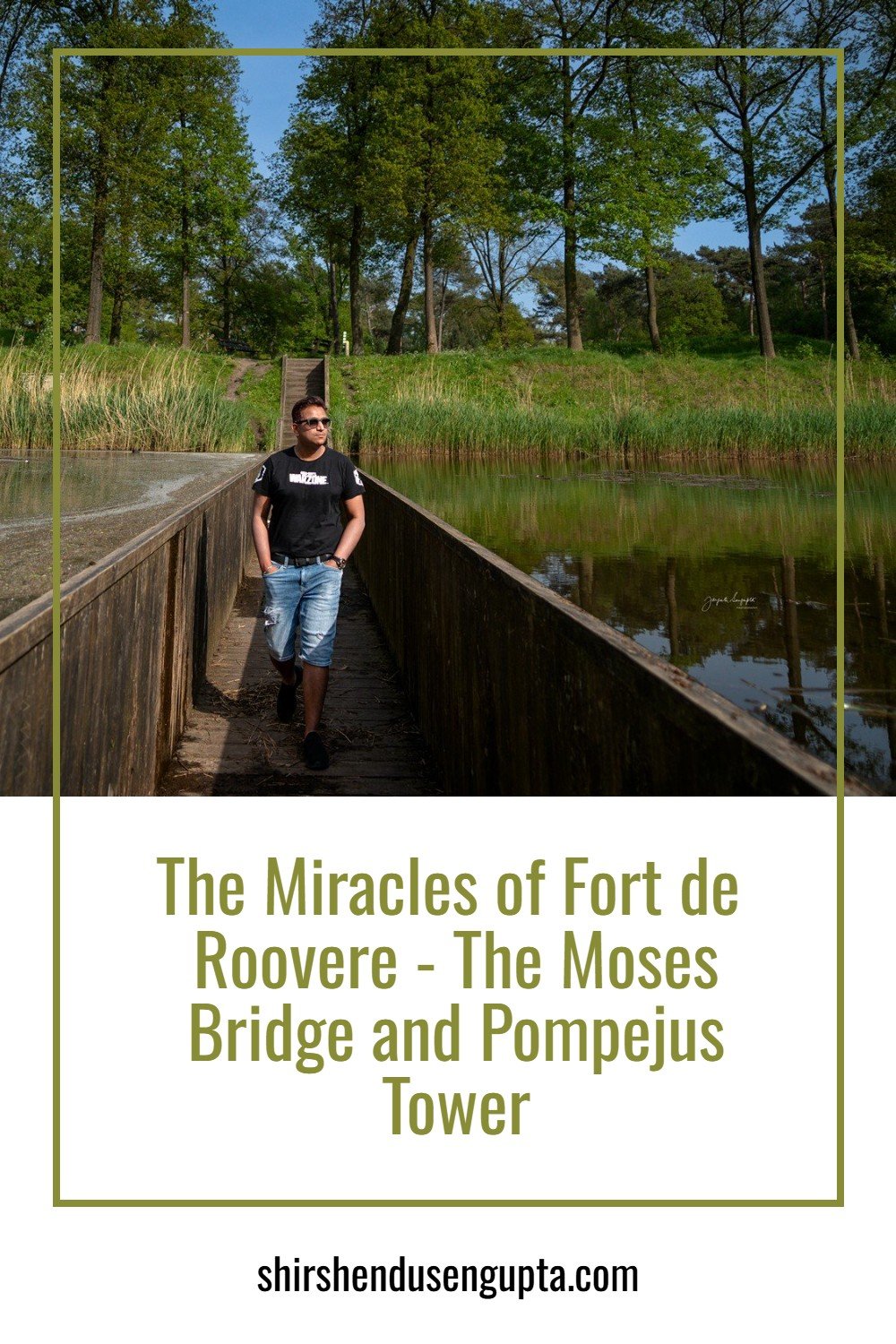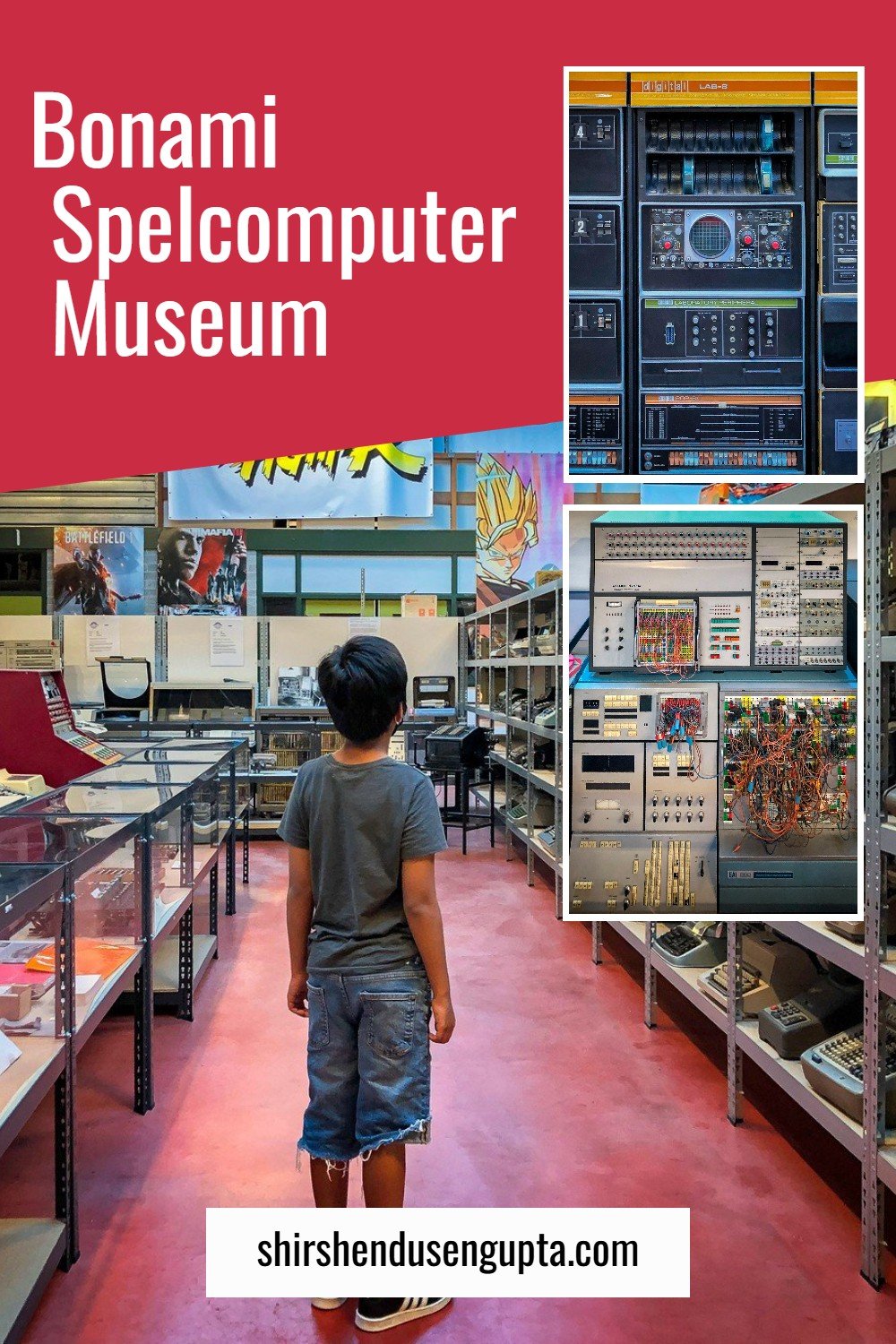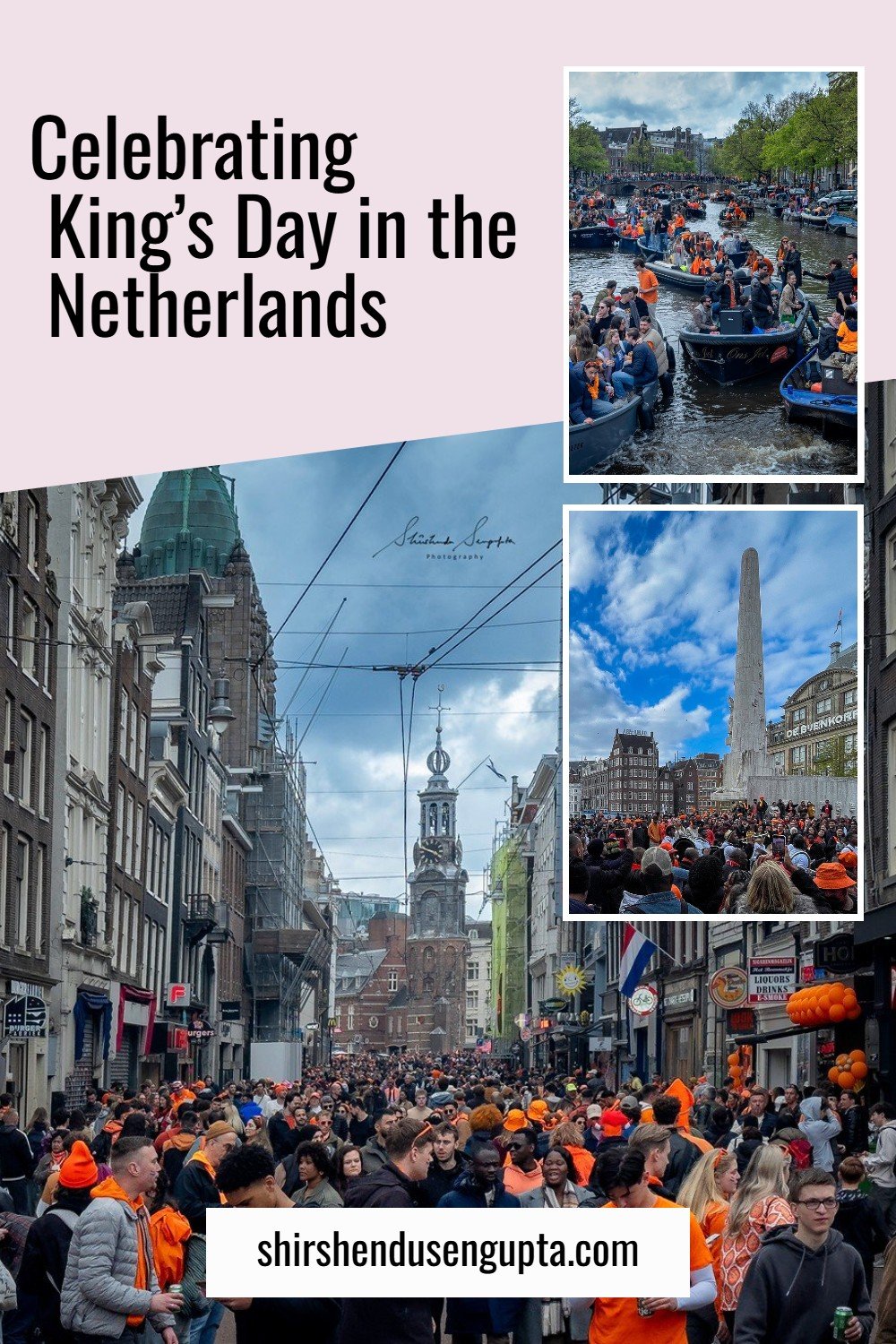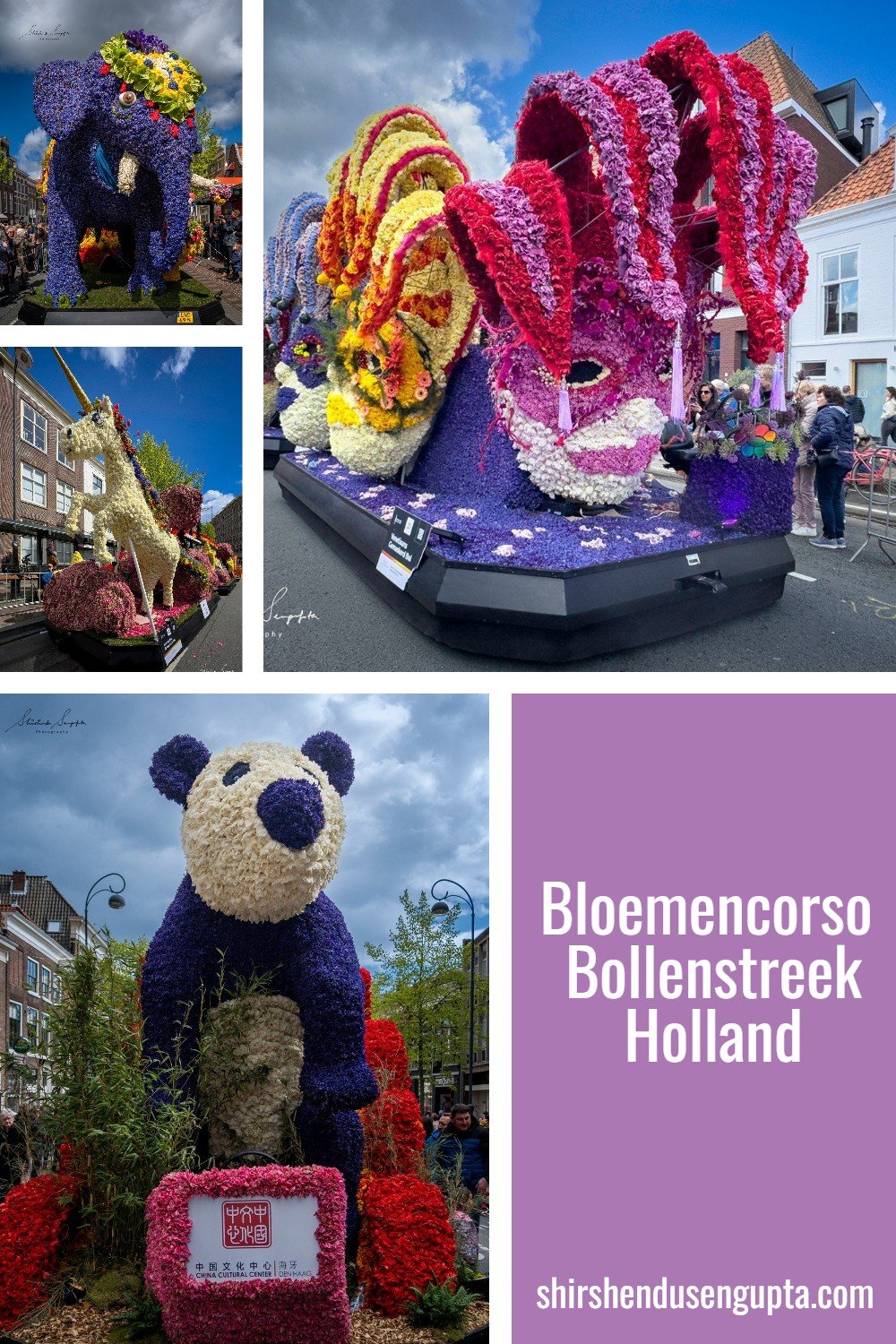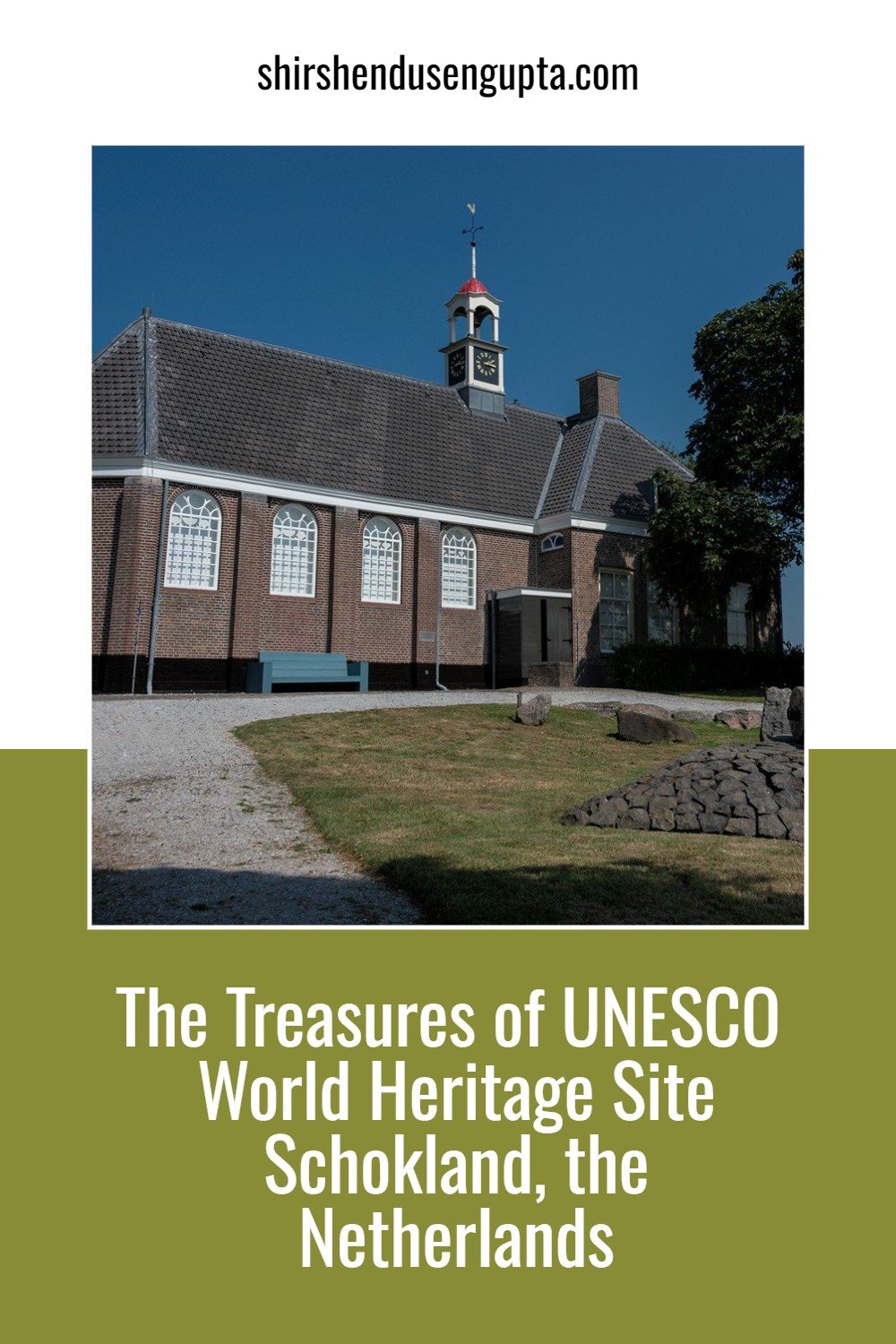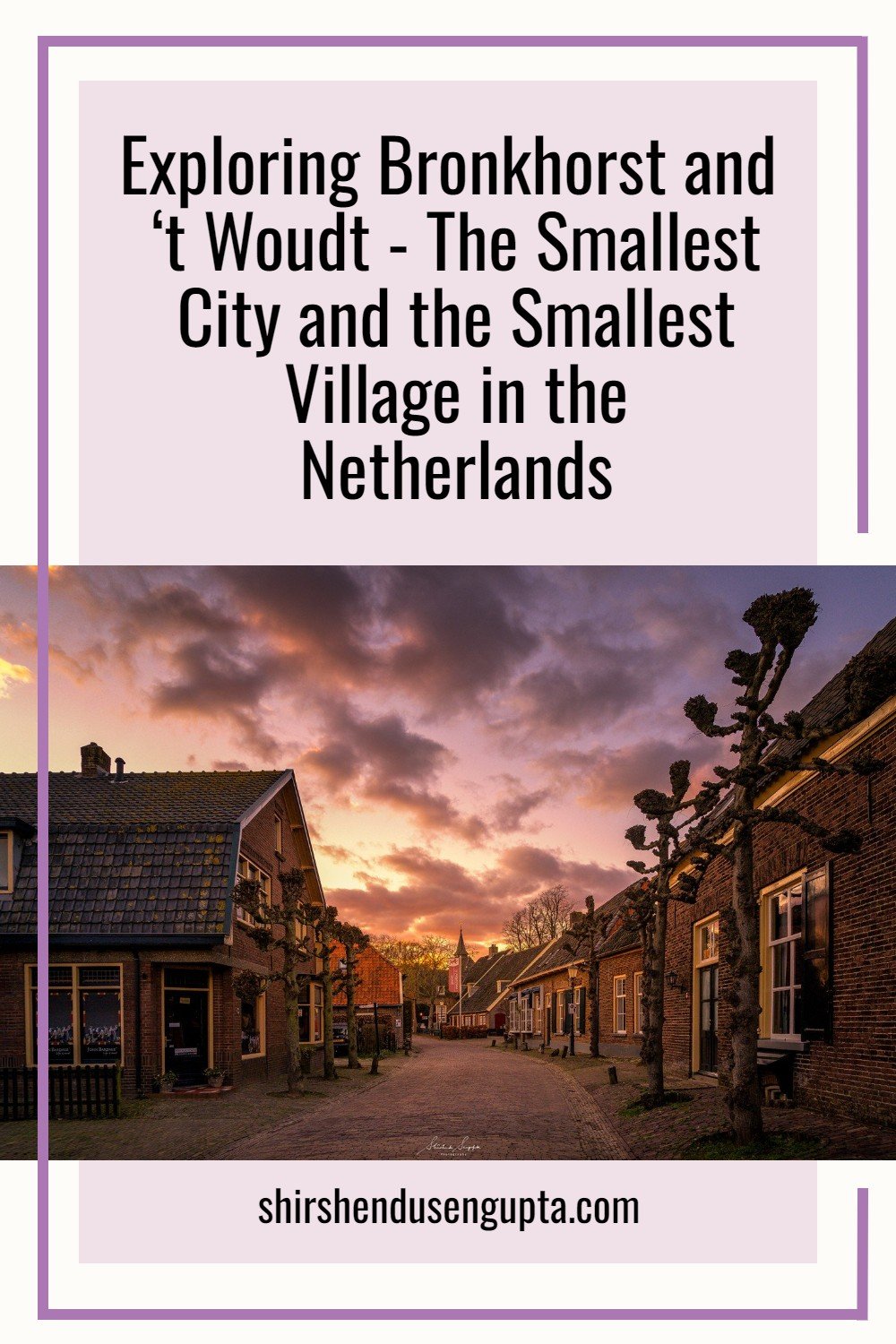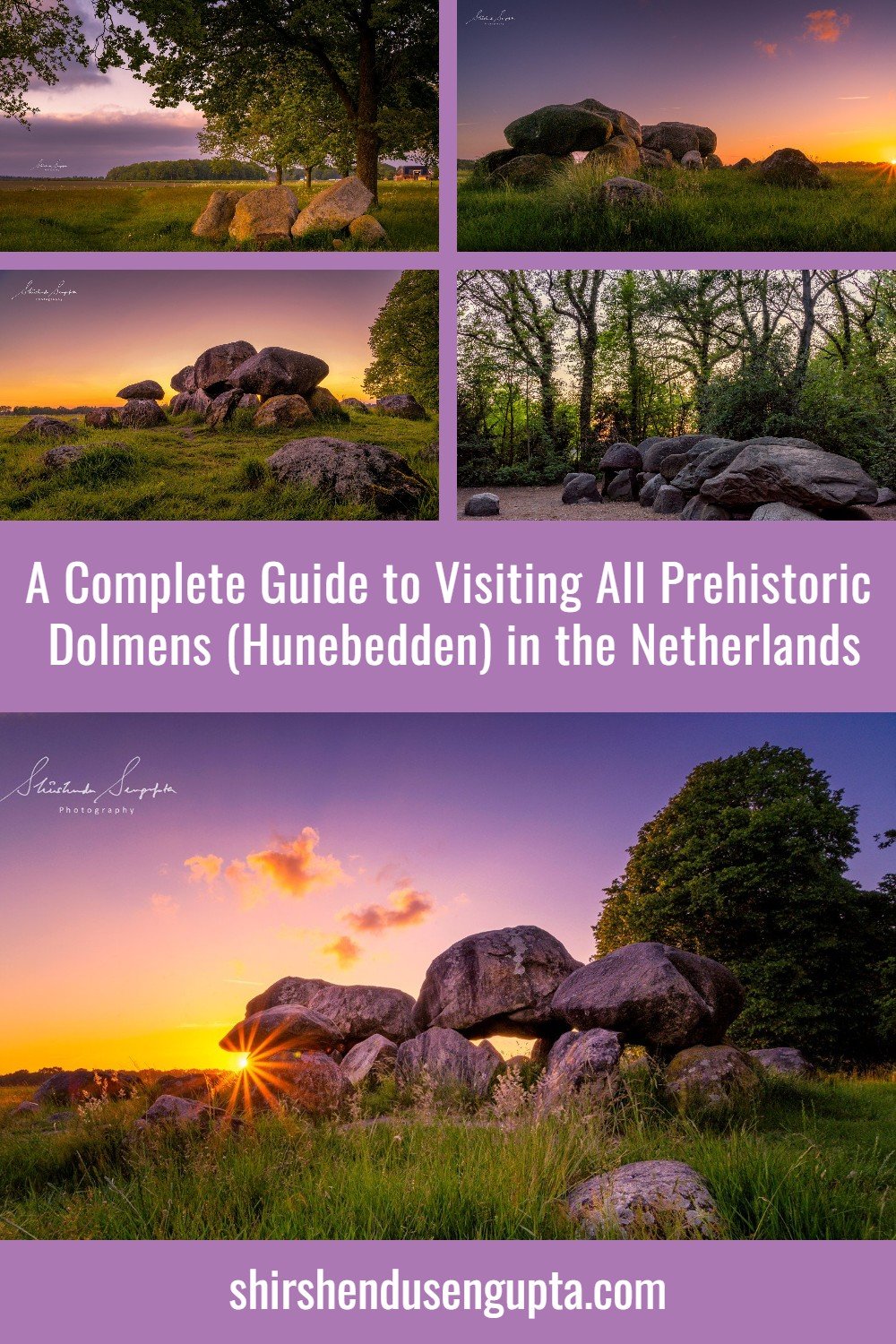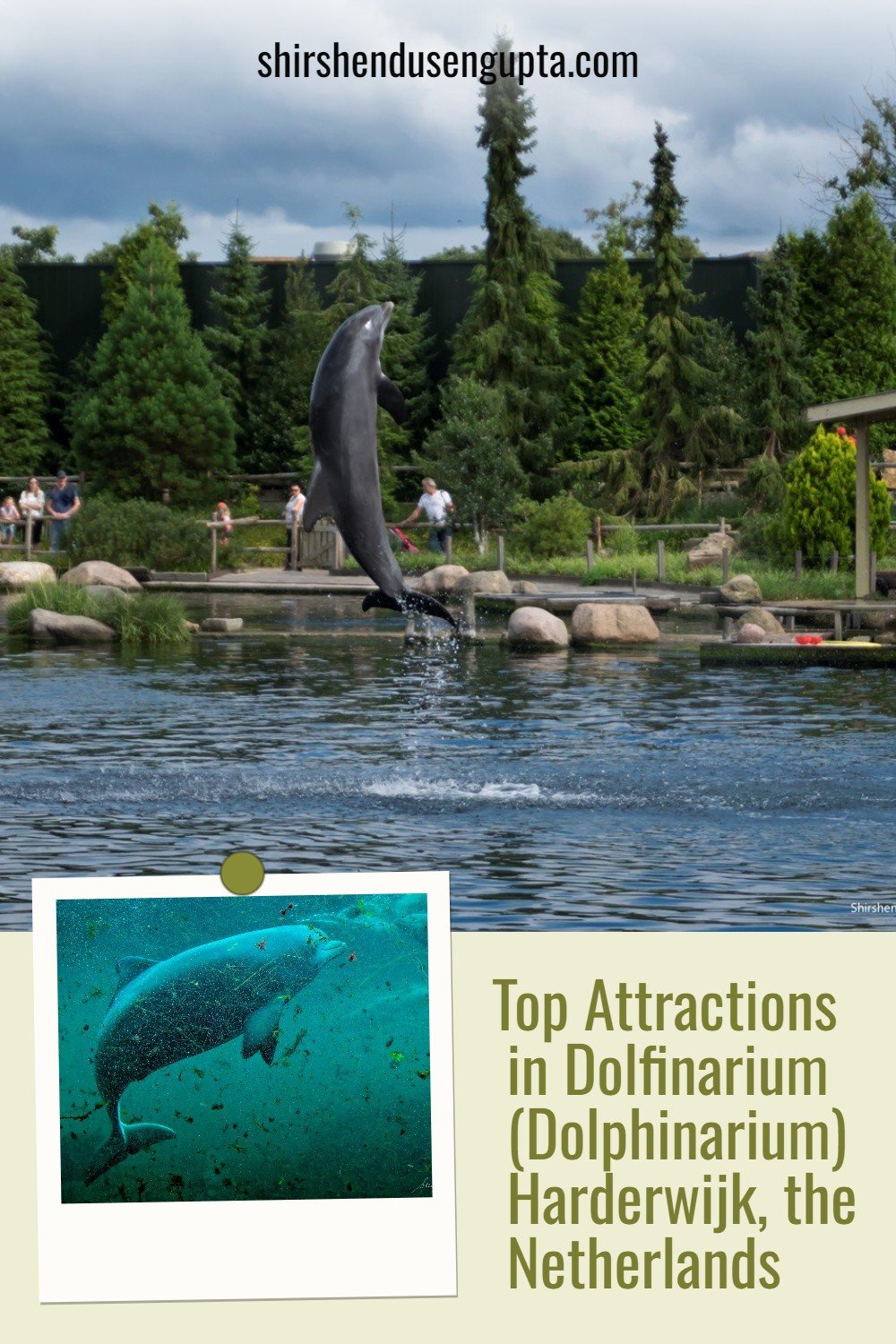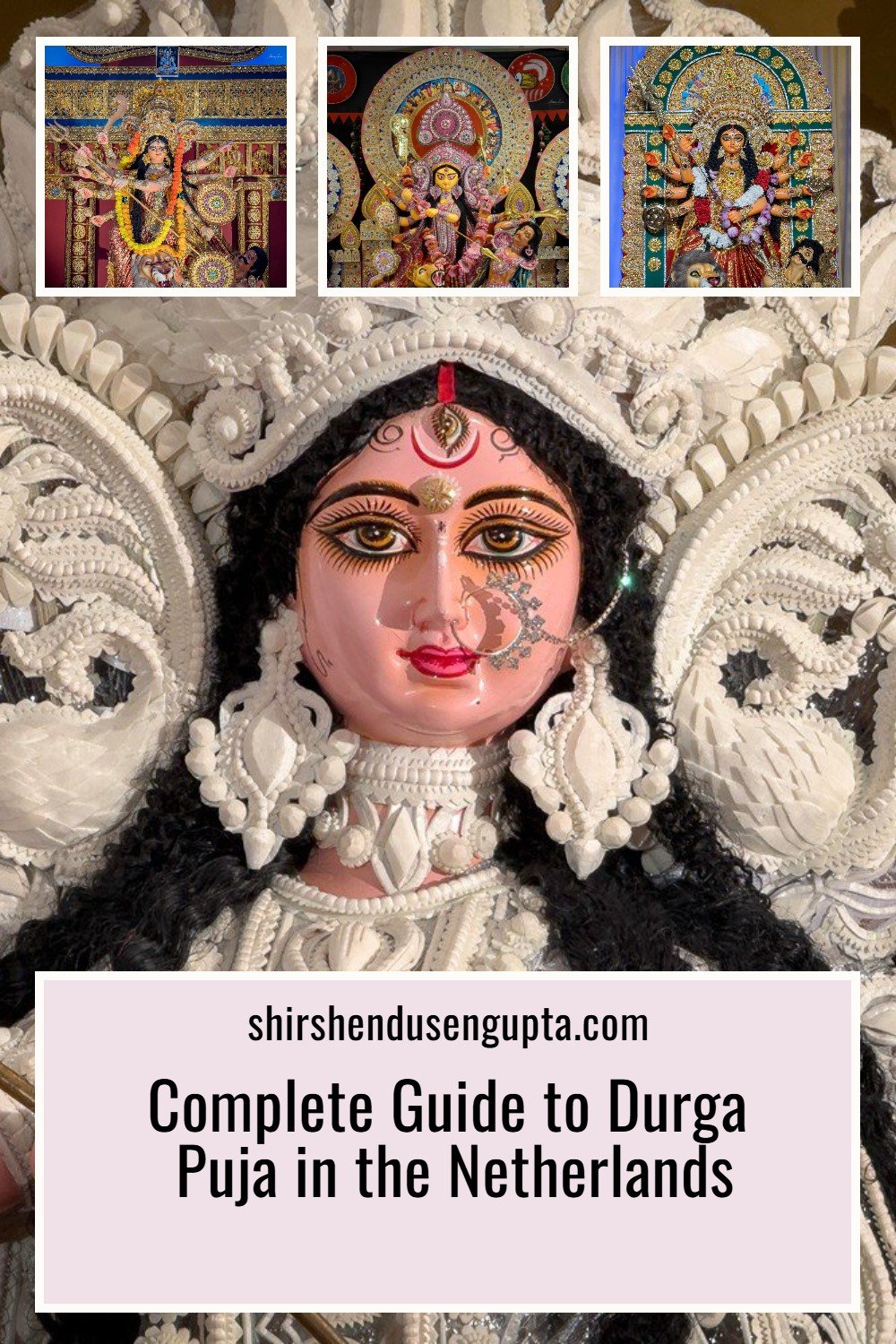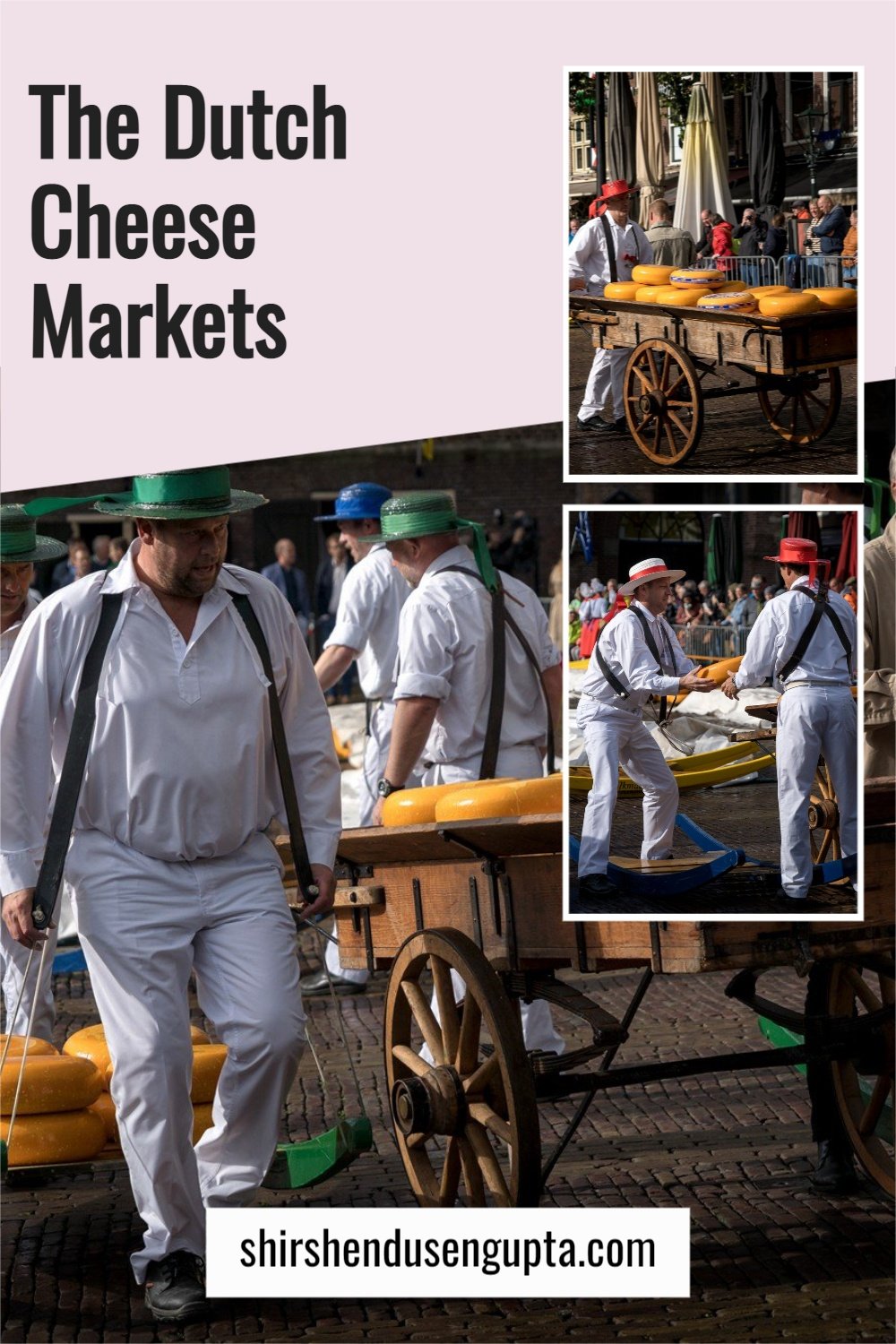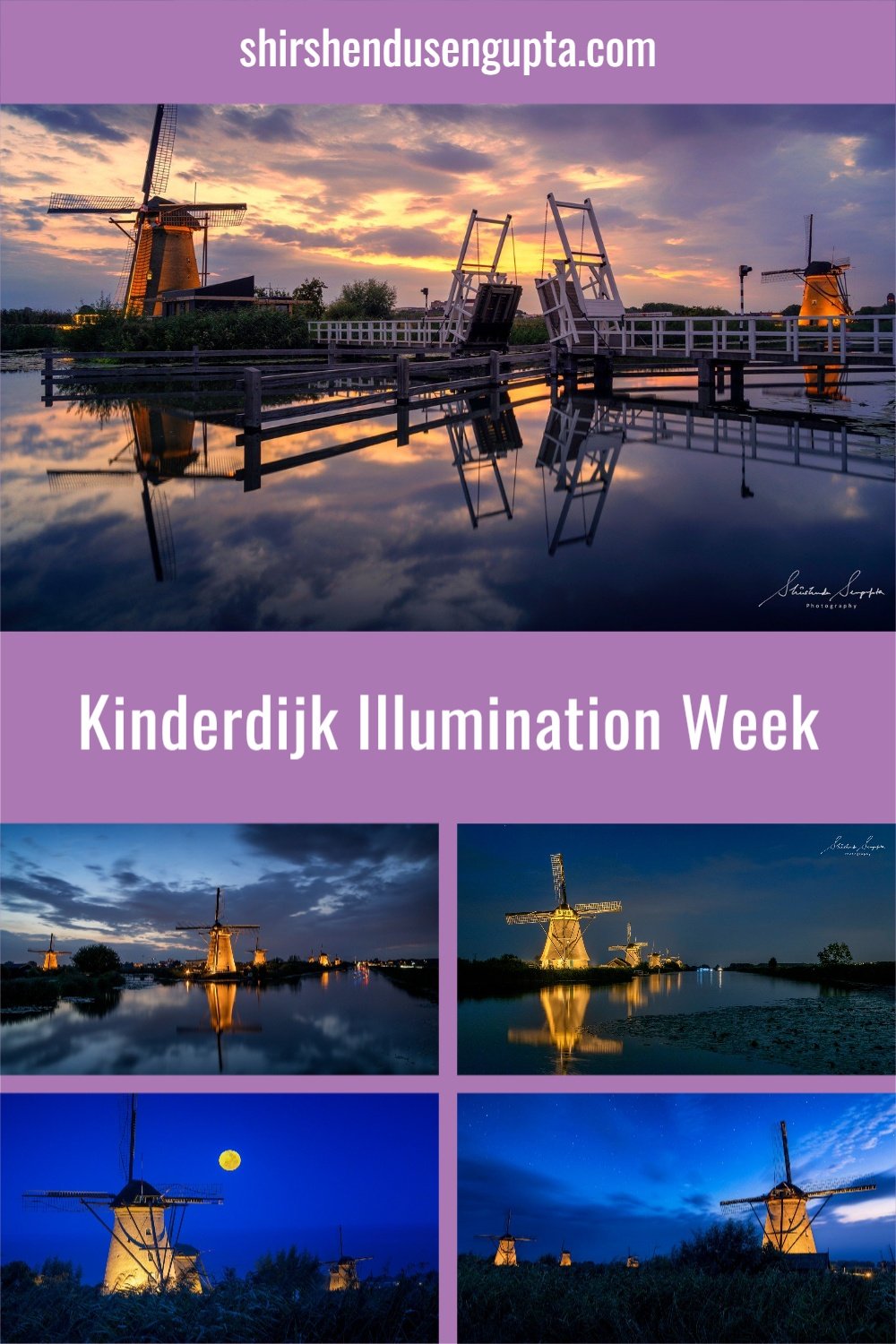12 Things to See and Do in Museum Paleis Het Loo | All You Need to Know Before Visiting Het Loo Palace, Apeldoorn, the Netherlands
Welcome to Paleis Het Loo!
At first glimpse, the Dutch royal family’s Versailles-like handsome baroque summer palace of ‘Het Loo’ (meaning “clearing in the woods”) seems just as it was when it was built during the 17th century in the middle of the woodlands of Apeldoorn, in the province of Gelderland in the Netherlands. But 10 meters underneath the courtyard, an injection of engineering expertise spanning 5,000 square meters and costing €171m has created an extraordinary underground Spanish Macael marble museum that showcases the history of the House of Orange. A part of European history has passed through its rooms, from Louis Napoléon, appointed as king in the 19th century by his brother Napoleon Bonaparte, then Emperor of France, to the German troops stationed there during World War II. Today, Paleis Het Loo is the largest, authentic 17th-century palace of the House of Orange-Nassau.
Paleis Het Loo was built in 1689 as a summer hunting residence for William III, the Protestant King of England, Ireland, and Scotland, and his wife, Queen consort Mary II. William III is remembered in British history as ‘King Billy’ of the conservative Protestant British Unionist ‘Orange Order’ whose ‘Glorious Revolution’ seized the throne from the Catholic King, James II in 1688. Less well remembered is that he was also a Dutchman who was appointed stadtholder (supreme ruler) of the Dutch Republic (former United Provinces of the Netherlands) comprising Holland, Zeeland, Utrecht, Guelders, and Overijssel already from the 1670s. Some historians say he used Paleis Het Loo for a kind of diplomacy that changed Europe.
Queen Wilhelmina, the great-grandmother of the current Dutch King Willem-Alexander, who once considered it her home, ceded the palace “to the Dutch people” in 1959, but the Crown still retains the use of it, and the king closes off part of the property during hunting season every year. However, in recent times, the royal hunting has come under public scrutiny, as the forests of Het Loo are rich in red deer, roe deer, and wild boar. Today, we’re going to know about all of that and much more. Let the journey begin!
And, if you want to know more about the best castles and palaces in the Netherlands and how to visit them, please read our article A Guide to 9 Best Castles and Palaces in the Netherlands | Top 9 Most Beautiful Castles and Palaces in the Netherlands to Visit.
A Brief History of William III
William III was born on November 14th, 1650, in The Hague, in the Dutch Republic. His father was William II, Prince of Orange, the grandson of the famous ‘Willem I van Oranje (William of Orange)’ also known as ‘William the Silent’ and nicknamed ‘Vader des Vaderlands (Father of the Fatherland)’ in the Netherlands for leading the Dutch revolt against Spain during the Eighty Years' War (Dutch War of Independence from the Spanish between 1568 and 1648) on whose honor the Dutch national anthem ‘Wilhelmus’ was written and the orange color is used to date as a symbol of pride and national unity of the Netherlands. That made William III the great-grandson of William the Silent and thereby an heir to the Stadhoudershap. William III's mother was Mary I, the eldest daughter of King Charles I of England, Scotland, and Ireland. So that made William III also an heir to the British throne.
However unfortunately, William II passed away from smallpox two weeks before the birth of William III, and therefore he was born with the title of Prince of Orange. Immediately, a dispute emerged between his mother Mary I, and her mother-in-law (mother of William II) Amalia of Solms-Braunfels, regarding the baby's name. Though initially Mary I wanted to name him Charles after her ancestry, but her mother-in-law insisted on giving him the name William, to improve his chances of becoming stadtholder.
William III was raised as a Protestant, and in 1677 he married Mary II, his first cousin (oldest child of his Catholic maternal uncle James II, Duke of York and brother of the then King Charles II). William fought in coalition with Protestant and Catholic forces throughout Europe in several wars against the formidable Catholic French emperor Louis XIV. William started to be hailed by many Protestants as a defender of their religion. Meanwhile, James II, his father-in-law and Catholic uncle, ascended to the throne of England, Scotland, and Ireland in 1685 after the death of Charles II. Fearing a Catholic revival, the Protestant majority in Britain despised James's reign. In what became known as the ‘Glorious Revolution,’ William invaded England with the support of a number of powerful political and religious figures in Britain. He landed in the port of Brixham in southwest England in 1688 and overthrew James II.
William III and his wife Mary II were able to seize power because of their reputation as devout Protestants. William III was preoccupied with the Nine Years' War (1688–1697) overseas throughout the early years of his reign, allowing Mary II to rule Britain by herself. In 1694, she passed away. A group of people who supported the overthrown James, known as the Jacobites, attempted in vain to kill William III and put James II back in power in 1696. After William III’s death in 1702, his sister-in-law Anne (sister of Mary II) succeded him in Britain and his cousin John William Friso succeded him as the titular Prince of Orange.
A Brief History of Paleis Het Loo
The Beginning
Stadtholder Willem III and Princess Mary II purchased a tiny castle named Het Oude Loo in 1684. The young couple had Paleis Het Loo, their new summer residence, erected next to the castle. Situated in the heart of the vast hunting ground known as the Veluwe moorland, the new palace was built at a relatively low point which was a perfect location for a palace garden, with water trickling in from higher sources for its fountains and flowers from many kilometers away. Paleis Het Loo was once a humble summer residence that Willem and Mary turned into a royal palace when they became King and Queen of England, Scotland, and Ireland in 1689. Mary II stayed in England to rule Britain since William III later got preoccupied with the Nine Years' War (1688–1697). As a result, she never again saw her cherished palace before passing away at the young age of 32.
Construction of Gardens of Willem and Mary
The royal life of Willem and Mary was set against the backdrop of the gardens. The stadtholder would play bowls or "kolf" (a forerunner of golf), with his visitors in the king's garden. To avoid the sun, Mary strolled in the queen's garden with her ladies-in-waiting under the arbor. Thanks to their relationships with the Dutch East India Company and West India Company, Willem and Mary were able to acquire a collection of flowers and plants from Asia and South America, which they displayed in the gardens. Being the only restored baroque gardens in the Netherlands, Paleis Het Loo's gardens are exceptional. The King's Fountain, at over 13 meters tall, is the focal point. At the time, it was Europe's highest fountain.
King’s Fountain was the highest fountain in Europe in the 17th century
Plunder and Plaster
The Dutch royal family retained Het Loo as their vacation residence after Willem and Mary passed away. The French army invaded the Netherlands in 1795, forcing Stadtholder Willem V and his family to leave, marking a low point in the history of Het Loo. French forces pillaged the palace. However, Louis Napoleon, who had been crowned King of Holland by his brother Napoleon Bonaparte, had taken over Het Loo once more by 1806. Its appearance was drastically altered by Louis Napoleon, who covered the outer walls with a coat of grey-white plaster. As a result, at the time it was also referred to as "Het Witte Loo." He had a lovely landscape garden built in place of the previous baroque grounds.
Away from their hectic lives in The Hague, Paleis Het Loo was a favorite retreat for the later Kings Willem I and Willem III. Wilhelmina loved Het Loo dearly and preferred not to be anywhere but her summer palace — as a kid, as a queen, and as a former queen.
Construction of Wilhelmina’s Stables Square
Queen Wilhelmina gave the order to build new stables in 1907 since the old ones were far too tiny. The new stable building was finished in two years. The building was extremely contemporary, featuring gas, water, electricity, central heating, and a phone. The coach houses had space for about 50 carriages, which were used for formal events, hunting trips, and drives through the surrounding woods of the palace. The two spacious stables could house 88 horses. The wooden floored covered area measuring ninety-three meters was used to tie the horses to the carriages in front of the stables.
While residing at their cherished Paleis Het Loo, Queen Wilhelmina and Prince Hendrik would frequently travel by carriage or sleigh to the Veluwe moorland. Wilhelmina used her painting carriage as a makeshift studio whenever she went outside to paint. In 1908, Hendrik purchased his first vehicle. Wilhelmina requested that a modest garage be erected behind the stables, out of sight, since there was no room for cars there. The queen had little interest in these novelties. But as time went on, Hendrik's collection of automobiles increased, and in 1914 Wilhelmina finally gave her approval for the building of a new garage across from the stables. Today, it's home to a stately cafe called prins Hendrik's garage, quite fittingly.
Revamped Museum
Princess Margriet and her family were the last occupants of the palace to depart in 1977. Paleis Het Loo underwent restorations before becoming a museum in 1984. The white finish was lifted, bringing back the bricks from the 17th century.
The most recent set of renovations, which ran from 2018 to April 2023, aimed to restore the palace to more closely resemble its original 17th-century condition. To guarantee that the collection and the palace stay in good shape, significant remodeling work was required. In addition to removing asbestos and updating the temperature control system, WiFi and elevators were also installed. The floors' wood is once more visible, just as it was in the seventeenth century. LED bulbs are what give chandeliers their modern, bright lighting in the areas where they hang. The collection is now again housed in the palace, which serves as a historical center for the Dutch royal family.
What to do at Paleis Het Loo?
1. Start with the Introductory Film
Upon entering the palace, you will find yourself in the basement, where you will start with an introduction video that details the evolution of Paleis Het Loo over its 335-year existence. Discover the origins of William of Orange, also known as Willem I van Oranje, and gain insight into the political connotation of the color orange as well as its history as a color of resistance. Why did Willem III, the stadtholder, and Mary II construct their new palace here? And why, after only a few years, did they add such significant extensions? Which other royal Dutch family members have resided here? Did they find their time at Paleis Het Loo enjoyable? The film is roughly five minutes long.
2. Visit Traces of the Past Exhibit
After the movie visit the Traces of the Past exhibit to see items like beer mugs and servants' bells. Reminiscences of the palace during World War II can also be found there. In addition, there are about 1500-year-old bowls and necklaces that belonged to the locals who inhabited this area long before the palace was constructed.
3. Take the Castle Tour Routes
You can choose from two tours, each with thirty minutes of audio content available for listening on an audio device or through an app, which you can download to your smartphone.
East Route - Willem and Mary
Get to know the original residents of Paleis Het Loo. Power, family, and religion are all dramatically mixed together in Willem III and Mary II's narrative. Paleis Het Loo emerged as the epicenter of European power when the youthful couple was crowned king and queen of England. Willem III's closest friend, Count Hans Willem Bentinck, will lead you and enlighten you about 17th-century politics and the palace's mysteries.
In this route, you will find a number of rooms having Italian silks, tapestries, variously styled furniture and porcelain objects. The couple's religious beliefs are kept in a shared chapel, while Mary's favorite spaces include an even smaller reading nook and a cozy sitting area. The pair never had children; Mary II passed away in 1694, leaving her husband to rule by himself until his passing in 1702. He turned the space meant to display the porcelain collection into a library in honor of his late wife.
West Route - Wilhelmina’s Home
Paleis Het Loo was home to Wilhelmina, the great-grandmother of current King Willem-Alexander. Her favorite palace was this one. With tales from the 19th and 20th centuries about life at the palace, your guides Ziarah and Mark will transport you into her world. Wilhelmina is the main character, although the story also features Emma, her husband Hendrik, her parents King Willem III and Emma, Juliana, her daughter, and Bernhard, her son-in-law.
When Wilhelmina was ten years old, her father passed away, and Emma, Wilhelmina's mother, made the decision that the princess needed to get ready for the throne. After putting away her toys, the young girl started her studies to become the first female ruler in the history of the nation. Het Loo was taken over by the Nazis during World War II and utilized as a hospital for 600 injured German soldiers. It was used as a hospital afterwards. SS officers occupied Queen Wilhelmina's chambers while she was in London during the war. Then, when the conflict was coming to a conclusion, they released British men they had captured.
Wilhelmina’s daughter Princess Juliana's spouse, Prince Bernhardt, used another room. It has a table covered in the skin of a rhinoceros. He and his friends used lightbulbs to heat it from underneath when they were inside. The object of the game was to down your drink quickly since the heat would force the glasses to topple over. Another hall is decorated with hunting trophies, including buffalo, bears, crocodiles, elephant's feet, and an abundance of deer antlers.
4. Go to the Palace Roof
It was here that Queen Mary drank her tea. The royal gardens are open to a wide view from the top of the palace. From above, the patterns and symmetry are easily discernible. The palace forecourt may be seen from the opposite side of the roof.
5. Visit the Stable Square and Coach Houses
The stables square evokes memories of Queen Wilhelmina and her husband Prince Hendrik's 20th century. Hendrik cherished automobiles. It is true that he stored his automobiles in the same building as the restaurant now called the ‘prins Hendrik garage.’ The cars are now housed in the coach houses, along with sleighs, carriages, and other unique vehicles that the Dutch royal family once used for special occasions. The king's Royal Stables still keep horses in part of the stable block, precisely as they did in the past.
6. Explore the Palace Gardens
When the weather is nice, go outside for an exciting park treasure hunt after viewing the castle's interior. You can travel back 335 years in time in the gardens. The garden is just as King-Stadtholder William III and Queen Mary II Stuart intended it to be when they were the first occupants of Paleis Het Loo. Like Willem and Mary, go about the grounds and take in the distinctive trees, plants, gushing fountains, and statues. Each feature has a unique backstory.
7. Walk the Orange Trail in the Palace Park
Use your Paleis Het Loo access ticket to enter the palace park, which features early 19th-century, romantically designed gardens with a mix of trees and winding walks. The mood here is very different from the gardens of the baroque palace. The Dutch royal family's private lives are revealed through the Orange Trail. Here was where Queen Wilhelmina would set up her easel, drawing inspiration from the natural world around her. And on the pond by the bathing pavilion swam King Willem III. The two-kilometer trek can be completed in around 30 to 45 minutes on a wheelchair, mobility scooter, or buggie. At the end of the gardens is where the path starts. Via the turnstile behind the colonnades, enter the palace park.
8. Visit the Junior Palace
The Junior Palace is a creative mirror of the real world. What can't be done in the old palace can be done here. Explore the vibrant palace chambers, ranging from the Bureau of Kitchen Affairs to the Bureau of Dance Affairs. Honorable Majesties and their attendants. Friends from abroad are paying a visit. Such are the bee-furred queen, the monarch who enjoys both boy- and girl-sized clothing, and a female knight. They are the honored guests!
9. Attend Seasonal Events
There are several events taking place in the Paleis Het Loo during the different seasons. During summers, Paleis Het Loo is transformed into a true summer palace where you can race vehicles, pet horses, and play a wide variety of outdoor games from ring tossing and archery to a fully stocked gaming stall with Mikado or Jenga. They also host flower exhibitions influenced by Princess Mary and still life paintings from the 17th century. This past is brought to life by modern designers, artists, and the palace's gardening crew. During winter, Paleis Het Loo becomes the Netherlands' most exquisitely lit castle adorned by a dazzling display of lights and decorations. There is a Christmas tree in front of the palace that has lights!
10. Eat
At Paleis Het Loo you can always find a place to grab a bite. You can dine in ‘The Ballroom’ which was once a movie theater during Queen Wilhelmina's reign, or snack at the ‘Prins Hendrik's garage’ in the stable square, or visit the ‘Café colonnades’ behind the garden with a view.
11. Visit the Museum Shops
Paleis Het Loo has two stores: the entrance building and the palace. You may bring the royal feeling home with you by shopping for a variety of high-end presents, entertaining mementos, fashionable jewelry, and literature at the palace shop located on the entry balcony of the underground extension.
12. Hire for Events
You can hire Paleis Het Loo for a wide range of events, from meetings and business functions to weddings and celebrations, with their assortment of distinctive rooms and culinary options.
How to visit Paleis Het Loo?
Address: Koninklijk Park 16, Apeldoorn
GPS Coordinates: 52.2336° N, 5.9460° E
Parking: On-site parking
Public Transport: From wherever you are located take a train to the Apeldoorn station. From there, take bus lines 304, 102 or 112 to Paleis Het Loo
Best time in the year to visit: Any time during the year
Accessibility: Compact wheelchairs can be ridden in the palace's elevators. The visitor routes come with audio guides that make it quite evident where the lifts are. Let the palace staff know in advance if you will be using a wheelchair or other mobility equipment, as there is limited space on the visiting paths by mailing them to reserveringen@paleishetloo.nl. The gravel roads make it challenging to stroll around the grounds. Wheelchair-accessible restrooms are available. Pets are not allowed inside, however service dogs are.
Opening Hours and Ticket Prices: For information on opening hours and ticket prices, visit their website mentioned below
Website: paleishetloo.nl/en
Epilogue
So those were the 12 best things to see and do in Museum Paleis Het Loo. Please let us know in the comments below if you enjoyed reading this article.
And, if you want to know more about the best castles and palaces in the Netherlands and how to visit them, please read our article A Guide to 9 Best Castles and Palaces in the Netherlands | Top 9 Most Beautiful Castles and Palaces in the Netherlands to Visit, or if you want to explore more such hidden gems in the Netherlands, please read our article Netherlands Off The Beaten Track | 43 Best Hidden Gems in the Netherlands. Until then, merry traveling and happy shooting!
Pin the article
Bookmark the article for reading later!
Want to license/buy photos in the article?
License photos for commercial/editorial use or buy photo prints!
Want us to write an article for you?
Articles for magazines, newspapers, and websites!
Watch our Videos
Check out our videos on our Youtube Channel!
Join the Newsletter
Get updates on our latest articles!
We respect your privacy. Read our policy here.




